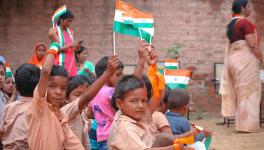Fear and Intimidation in Aligarh Muslim University: A Ground Report
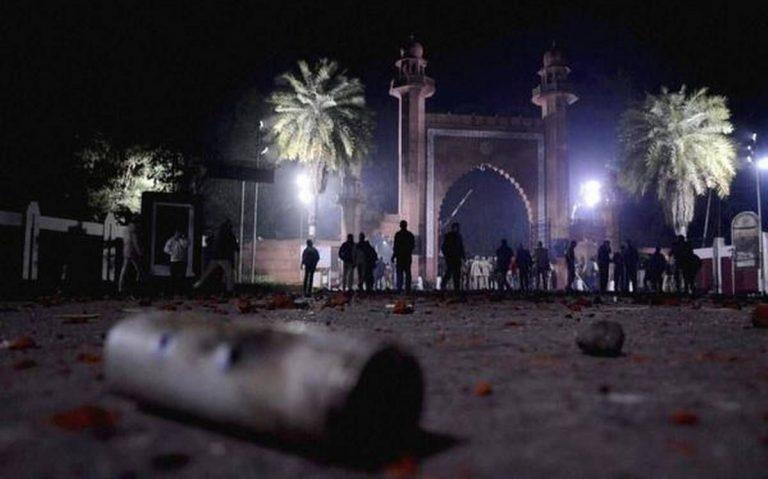
Bab-e-Syed, AMU | Image courtesy: The Hindu
After the passing of the Citizenship Amendment Act, students from various universities across India have organised protests condemning the Act and the idea of a nationwide NRC. Aligarh Muslim University, along with Jamia Milia Islamia, Delhi, are the two minority institutions where the student protests have met with brutal attacks by the police. While the police brutalities in JMI have received some media coverage, the situation in AMU has remains under-reported. We visited Aligarh Muslim University on December 17, amidst internet shutdown and reports of police brutality and student disappearances, to inquire into the situation. We spoke to a number of teachers, students, doctors and administrative officers of the university to ascertain the events that unfolded on the night of December 15.
On Sunday, December 15, after news of the police crackdown on JMI students broke, among the first to respond were AMU's students with an on-campus protest of their own. The police and the Rapid Action Force deployed outside the university gate, Bab-e-Syed, responded with a severe attack on the protesting students. According to the students we spoke to, this attack included lathi charge, lobbing tear gas shells and stun grenades, and firing rubber bullets. While injured students were being taken to the hospital, the ambulance was reportedly fired at.
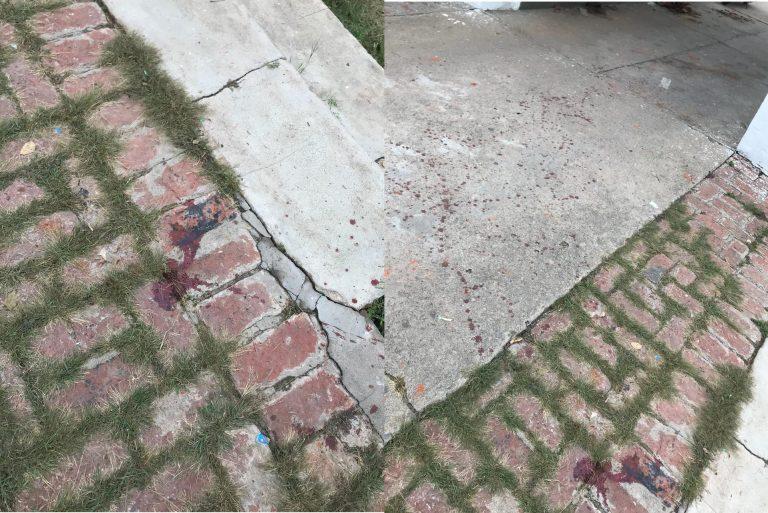
Blood spatters seen on campus
he students also pointed out that the police displayed a brazenly communal attitude while unleashing violence. They were heard hurling communal slurs like "thrash the circumcised" ("maaron katuo ko"). The police were also heard raising slogans like "jai shri ram" and "bharat mata ki jai". Outside the campus, one of the students was accosted by the RAF personnel and asked to say "jai shri ram". They choked him till he fell unconscious. The police and RAF also broke into the Morrison Court Hostel and fired tear gas inside one of the hostel rooms, which subsequently caught fire, to force the students outside. We also learnt that the tear gas shell had an expiry of 2015.

Shells found on campus
The extent of the violence comes through in the testimonies of the doctors. We spoke to the Resident Doctors' Association (RDA) of the Jawaharlal Nehru Medical College (JNMCH). The medical college is close to AMU, and since the 15th its doctors have been treating scores of injured students from the university. Two days after the police onslaught, the RDA had organised a protest gathering in the hospital premises. In addition to their apprehensions about the CAA and the NRC, the protest also voiced their concerns about the recent crackdown on the Aligarh Muslim University (AMU).
The doctors informed us that four students had suffered grievous injuries as a result of the violence. Two of them were admitted to the Intensive Care Unit (ICU) and two in the plastic surgery unit. One of the students, currently studying modern history at AMU, is in the ICU as he suffered an extradural haemorrhage due to the impact of a rubber bullet. He was going from the library to his hostel when he was injured and was brought to the hospital in an unconscious state. The other student admitted in the ICU was injured while he was on his bike and went into hypovolemic shock due to the loss of blood. The doctors were of the opinion, however, that both the students would make a complete recovery.
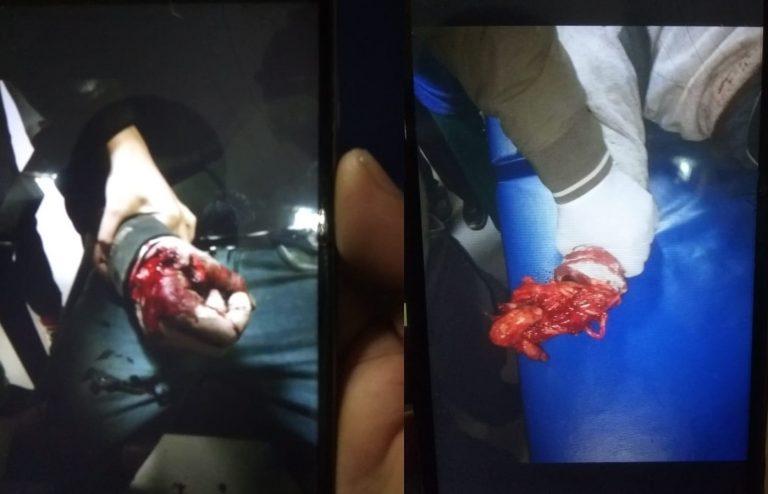
Injuries sustained by two students who had been admitted to the plastic surgery unit
The students admitted to the plastic surgery unit had been victims of tear gas shells/stun grenade explosions. While one of the students, a 26-year-old JRF scholar, had to have his hand amputated, the other sustained severe injuries. Both the students had injuries on their right arm.
Such grievous injuries apart, more than 70 people also suffered minor injuries of different kinds.
The treatment of the inured students faced a problem. One of the doctors with the RDA Shireen Ahmed said “Except the ones who are severely injured, most of the students who came in with minor injuries dispersed when the police came to the hospital." A number of other doctors and members of the hospital staff expressed the concern that students were apprehensive about seeking treatment after the crackdown. In the past, students who had come to seek medical attention after altercations with police had often later found FIRs against their names. Therefore, those with non life-threatening injuries either left the hospital very quickly or refused to come forward and seek medical help.
AMU today wears a deserted look. Within two days of the violence, the university had been shut down and the hostels forcibly vacated. Only those who could not find alternative places to live in were allowed to stay on till they found such accommodation. 90 percent of the students have left the campus. There is also a concern that some students could be missing.
The teachers we spoke to felt that the students who wished to remain in the campus should be allowed to do so, because the closure was only a result of vacations being advanced and not a sine die closure declared by the university administration. The teachers also said that they were ready to host 4-5 students each if there was a need.
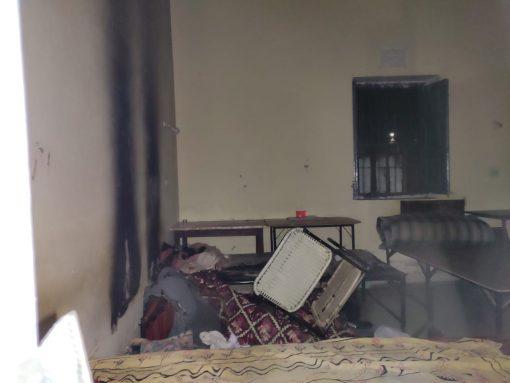
The hostel room that caught fire
The administration, however, insisted that the students had not been forced to leave, but had been asked to vacate the campus for their own safety and to prevent a repeat of December 15. They said that all necessary arrangements for students to reach home had been made and that the students did not have to spend a penny out of their own pockets. They had also arranged buses to take back the students from Kashmir which would go up to Jammu. They also said that case by case exception could be made for students who could not return home, but refused to make an official announcement.
Administrative apathy and denial extends to how the events of the 15th are being understood. On 16 December, the teachers had met with the Vice-Chancellor of the university who allegedly threatened them with suspension as they were seen being pro students. Our interactions with administration confirmed this attitude. The Registrar, Abdul Hamid, a serving IPS officer, and the Proctor, Afifullah Khan, differentiated between the events that unfolded in JMI and AMU. They said that while in JMI the police had entered the campus by force, in AMU they were invited by the administration. This contradicts the panicked accounts that people were sharing on the fateful day.
According to the administration, the decision to invite the police and RAF inside the campus was taken as the protest had turned "violent". “It was done to ensure no further harm came to any of the students,” said the Proctor. He also claimed that the police had caused minimum damage to life and property on campus. This was, of course, contradicted by the administration's own admission to us that weapons like stun grenades had indeed been used on the students. Of course, there also innumerable photographs, videos, statements and testimonies which challenge such a lenient view of the police. The administration's concern about "harm to the students" is dubious as well. For instance, after the incident, none of the administrative officials went to the police station to check on the students. When asked about this, they replied that they stayed on campus to ensure the safety of students who had not been detained.
The situation in AMU presents a story of police brutality, communal majoritarian assertion and administrative complicity. The sheer violence of the events testify to the nature of today's authoritarian political climate. But this brutality has also triggered protests across the country against the CAA and the NRC. One hopes that this trend continues.
Get the latest reports & analysis with people's perspective on Protests, movements & deep analytical videos, discussions of the current affairs in your Telegram app. Subscribe to NewsClick's Telegram channel & get Real-Time updates on stories, as they get published on our website.












